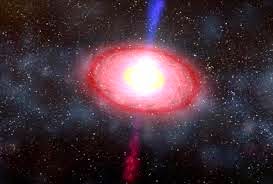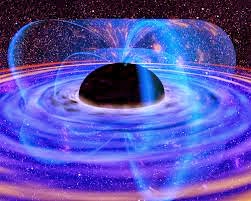What are neutron stars and can they create black holes?

Neutron stars are one of the small stars created through particles. Neutron stars are created through gravitational collapsing in which gravity's force overpowers the internal pressure given by the fusion particles in a star this collapses the star creating a dense star, which seems to be the densest star in the universe. This appears to be white in color to the naked eyes of humans. Neutron stars are not able create black due to the neutron degeneracy as they get affected by the thermal effect by which fusion stops at oxygen because of its low mass therefor e cannot create a black hole.

